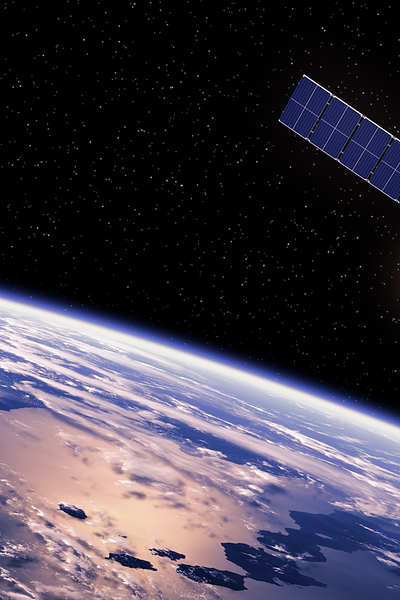Author: (this will open in a new window)Emma Philpott, Head of Mobile and Satellite at FarrPoint

Using IMT spectrum for D2D could be revolutionary, but...
While the promise of D2D communications using IMT (International Mobile Telecommunications) spectrum allocated to mobile operators could be revolutionary for connectivity, there remains significant challenges within this market which will need to be addressed including the regulatory uncertainty.
Indeed, many satellite companies are attempting to address this segment, either providing D2D services by leveraging the established ITU spectrum bands allocated for MSS, or by adopting an alternative deployment approach and utilising IMT spectrum allocated to terrestrial mobile operators.
Satellite market shift with several partnership announcements
Currently the remote satellite market has been dominated by Iridium, Globalstar(this will open in a new window) and Inmarsat. However, over recent years there has been a market shift with several partnership announcements between Low Earth Orbit (LEO) satellite companies and mobile operators looking to further expand. Value is anticipated in both addressing those populations who still do not have any mobile coverage (estimated to be around 400 million people worldwide), as well as providing services to those end users who want to maintain off-the-grid connectivity while roaming outside of terrestrial mobile coverage.

Indeed, Apple’s partnership with Globalstar announced in 2022 was one of the first D2D opportunities with Apple using Globalstar’s LEO satellite constellation to provide emergency messaging services on the iPhone 14 and 15 handsets. Others have followed with Omnispace in the testing phase using Ligado Networks two LEO satellites and Qualcomm also recently announcing its partnership with Iridium and their intention to provide satellite messaging to Android handsets. However, the deployment model adopted by these three companies is to provide messaging services using the licensed MSS spectrum which has limited bandwidth, meaning any viable long-term business plan to expand services to include voice and data will require additional spectrum.
Utilising IMT spectrum and regulatory dilemma
A number of other companies are now proposing an alternative approach to providing D2D services utilising the IMT spectrum already allocated to mobile operators.
This creates a regulatory dilemma as this is ‘non-conforming use of spectrum’ which will require changes to the worldwide rules and regulations to the spectrum already allocated to mobile operators, as well as a change of the ITU table of frequency allocations as spectrum holdings of mobile operators vary by country.
(this will open in a new window)Lynk Global,(this will open in a new window) AST Spacemobile and most recently (this will open in a new window)SpaceX have all entered the D2D arena and are looking to develop this market by utilising mobile operators existing spectrum licenses. While this is a very interesting proposition, if D2D services utilising the IMT bands are to be successful then there are many unanswered regulatory questions. For example, how will overlapping satellite and terrestrial coverage avoid interference and how do regulators such as Ofcom introduce post-award conditions to mobile operators’ licenses.
While these regulatory challenges are not impossible to overcome, regulatory certainty in the use of IMT bands by satellite and mobile operators will be essential to create a viable business case, economies of scales, roaming and interoperability.
At the (this will open in a new window)World Radiocommuncations Conference (WRC-23) in Dubai various studies were commissioned to progress work on D2D satellite services and whether to update or amend the MSS allocations based on the sharing and compatibility finding of these studies. While the industry has many challenges including the significant investment required to launch and operate satellites into orbit, and uncertain customer demand, until a consensus is reached regarding MSS operation in IMT bands then one of the most significant barriers to using D2D to address mobile ‘not-spots’ may well be the coordination and co-operation of regulators globally.
Going to Satellite Conference in Washingon this March?
Emma will be attending the (this will open in a new window)Sattelite Conference in Washington DC on the 18-21st of March. Drop her a line on LinkedIn or at [email protected] to arrange a chat.
If you’d like to discuss this article further or find out more about FarrPoint’s services, please get in touch or view our services page.


